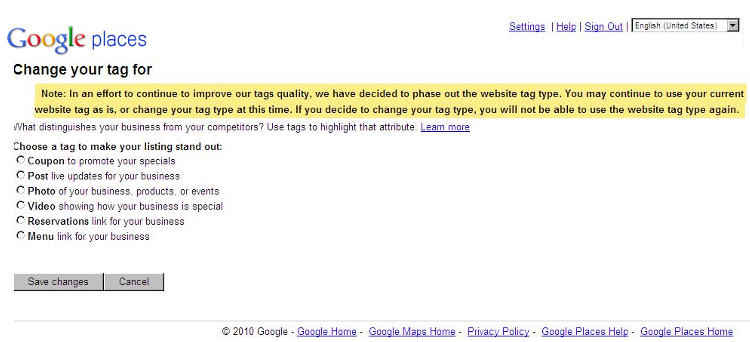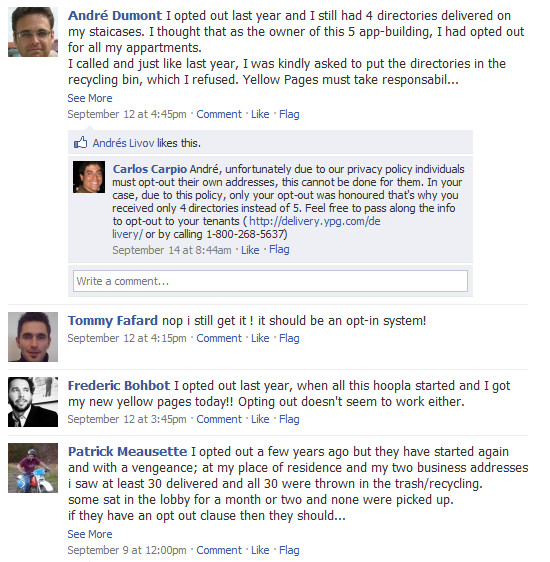It was obvious to me as I covered the BIA/Kelsey DMS 2010 Conference this September that phone call tracking is getting even more buzz now than it was getting four years ago. If you’re unfamiliar with what this is, it’s simple: for ads that appear in different places (such as in phone books, online directories and even search engines, companies will use different phone numbers in order to understand which ads resulted in phone calls in order to assess how effective their advertising campaigns are. To differentiate, your phone number used in your yellow pages book has to be different from what appears in Citysearch or Superpages or wherever. It sounds great, but what most call tracking companies don’t realize is that those of us who are more versed in online marketing will nearly vehemenently recommend against the practice!
In search engine optimization terms, using multiple different phone numbers around the net is much like using all different URLs for the same webpage, without having the URLs redirect properly. This results in a higher likelihood of diluting your ranking factors instead of focusing them, and could make one’s webpage rank poorly in search results. (For more details, see David Mihm’s writeup, “Be Wary Of Call Tracking Numbers In Local Search“.)
Today, Mike Blumenthal proposes another possible solution to the phone call tracking number dilemma in a post about using a new hCard protocol to clearly alert bots about the type of phone number. As Mike mentions, I’d also proposed a similar possibility which I’d called a “Canonical Phone Number Tag” which also was based on hCard Microformat.

There are quite a few companies which do call tracking. They include: Marchex, Mongoose Metrics, TeleCapture, CallSource, AT&T Interactive, AdLocality, and probably quite a few more I’m missing.
Let me be clear — all of us local search marketers like improved analytics such as what call tracking provides! However, there’s a very big disconnect between the analytics and the SEO involved. If I have to choose between improving a business’s performance versus getting more detailed analytics of ads, I’m going to choose performance first.
All of us would like to see this clearly resolved in some way. One option would be to generate some new semantic protocol such as via Microformats. Another might be if each and every call-tracking company published mappings of primary business numbers matched to their tracking numbers, and allowed most bots to harvest this info.










Night Hotel: My Stay In A New York City Goth Theme Hotel
October 9th, 2010 by Chris Silver SmithThe Night Hotel is one of Vikram Chatwal‘s luxury hotels, and it’s billed as having a Film Noire / Goth theme — very appropriate for “Gotham City”! I could easily see this being off-putting to many potential guests as potentially too disturbing or scary to be restful, while simultaneously being intriguing to many others such as myself. Also, it could easily be concerning, since a theme hotel could be high on concept and low on customer service. So, here’s my review of the place, along with pics!
The hotel is located at 132 West 45th Street, just off Times Square in Midtown, NYC. The exterior of the hotel is cool, with blackened windows and a giant gothic “N” logo banner that has slowly flashing backlighting.
I arrived, checked-in and went straight up to my room. I’m somewhat impressed by the room’s swipe card right off the bat, since it has a mini-map imprinted on the reverse side: Read the rest of this entry »
Tags: boutique hotels, film noire, goth, hotels, luxury hotels, Manhattan, New York, New York City, NYC
Posted in General Commentary | 1 Comment »